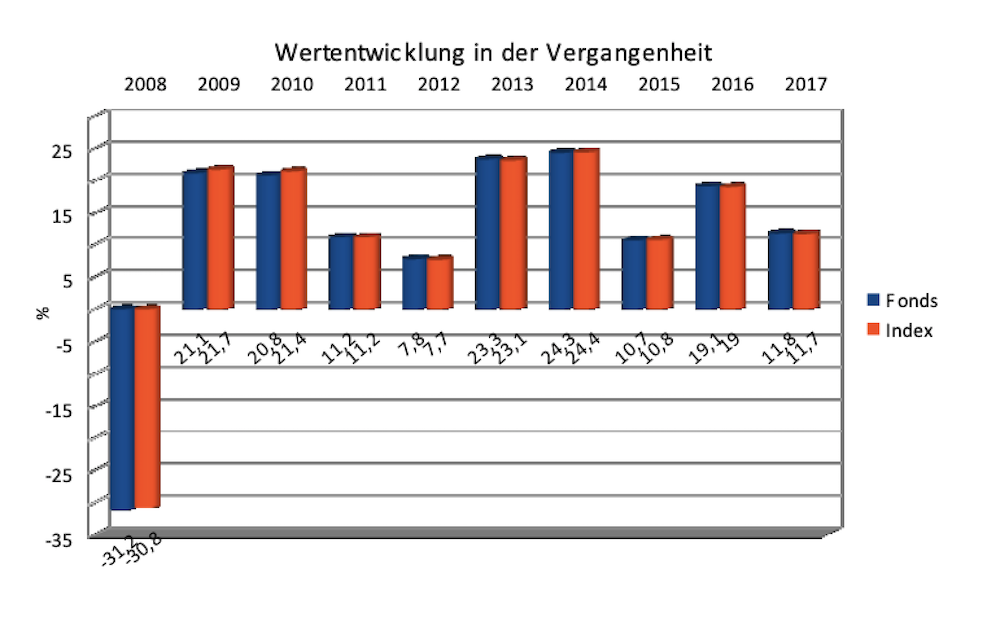Understanding Trump's Aggressive Trade Stance Towards Europe

Table of Contents
The Roots of Trump's Trade Policy Towards Europe
Trump's trade policy towards Europe was fundamentally rooted in his "America First" philosophy. This nationalist approach prioritized American interests, often at the expense of traditional alliances and international cooperation. Several key factors fueled this aggressive stance:
-
"America First" Policy: This overarching principle guided all economic decisions, emphasizing domestic job creation and economic growth above all else. The perceived unfairness of global trade agreements was a central argument.
-
Reducing the US Trade Deficit: A significant focus was on reducing the substantial US trade deficit with Europe. This involved targeting specific sectors where the US believed it was at a disadvantage.
-
Claims of Unfair Trade Practices: The administration frequently accused European nations of employing unfair trade practices, including subsidies and protectionist measures that disadvantaged American businesses.
-
Protecting American Industries and Manufacturing Jobs: A core objective was to protect American industries, particularly manufacturing, from perceived foreign competition. This involved imposing tariffs and other trade barriers.
-
National Security Arguments: In some cases, national security concerns were invoked to justify the imposition of tariffs, particularly in the steel and aluminum sectors. This broadened the scope of the trade disputes beyond purely economic considerations.
Key Trade Disputes and Tariffs Imposed on Europe
Trump's administration initiated several high-profile trade disputes with Europe, resulting in the imposition of significant tariffs. These actions triggered retaliatory measures from the EU, escalating tensions and disrupting global trade.
-
Steel and Aluminum Tariffs: The imposition of tariffs on steel and aluminum imports from the EU, justified on national security grounds, sparked immediate retaliation from the European Union. These tariffs impacted numerous industries and significantly strained relations.
-
Airbus-Boeing Dispute: This long-running dispute over alleged government subsidies to Airbus and Boeing intensified under the Trump administration, leading to tit-for-tat tariffs on various goods. The WTO played a role, but the conflict's resolution remained elusive.
-
Retaliatory Tariffs: The EU responded to the US tariffs with its own retaliatory tariffs on American goods, targeting sectors like agricultural products and motorcycles. This further escalated the trade war and impacted businesses on both sides of the Atlantic.
-
Agricultural Tariffs: Agricultural products were heavily affected by the escalating trade war, with tariffs imposed on both sides impacting farmers and producers. This particularly impacted key European exports like cheese and wine.
-
WTO Disputes: Many of these trade disputes involved lengthy proceedings before the World Trade Organization (WTO), with rulings often leading to further rounds of retaliation and escalating tensions. The effectiveness of the WTO in resolving these disputes was questioned throughout this period.
Economic and Political Consequences of Trump's Trade Stance
Trump's aggressive trade policy had profound economic and political consequences, both domestically and internationally. The impact extended beyond bilateral relations, affecting global trade patterns and international cooperation.
-
Economic Impact: The tariffs imposed by both the US and the EU resulted in increased prices for consumers, reduced trade volumes, and disruptions to supply chains. This had a negative impact on economic growth in both regions.
-
Disruption to Global Supply Chains: The trade disputes significantly disrupted global supply chains, impacting businesses reliant on transatlantic trade and causing uncertainty in global markets.
-
Strained Transatlantic Relations: The trade war significantly strained US-EU relations, undermining years of cooperation and trust built on trade partnerships and shared security interests. Diplomatic efforts suffered, and political alliances were tested.
-
Impact on International Cooperation: The actions undermined the multilateral trading system embodied by the WTO, raising concerns about the future of international cooperation and the rule of based global trade.
-
Shifts in Global Trade Patterns: The trade disputes led to some shifts in global trade patterns, with businesses seeking alternative suppliers and markets outside the US and EU. This resulted in increased trade with other regions, altering the global trade landscape.
Long-Term Effects and the Biden Administration's Approach
The long-term effects of Trump's trade policies are still unfolding. The Biden administration adopted a markedly different approach, seeking to repair damaged relationships and restore international cooperation.
-
Biden's Trade Policy: In contrast to Trump's protectionist stance, the Biden administration prioritizes working with allies, strengthening multilateral institutions like the WTO, and negotiating new trade agreements based on shared values and mutual benefit.
-
De-escalation of Tensions: The Biden administration has actively worked to de-escalate tensions with the EU, engaging in diplomatic efforts to address trade disputes and foster renewed cooperation.
-
Ongoing Trade Negotiations: While significant challenges remain, the Biden administration has engaged in negotiations with the EU on various trade issues, aiming for a more cooperative and mutually beneficial relationship.
-
Long-Term Impact on Transatlantic Relations: The lingering effects of Trump's trade policies, including damaged trust and disrupted supply chains, will require substantial time and effort to overcome.
-
Future of US-EU Trade: The future of US-EU trade relations hinges on continued diplomatic efforts and a shared commitment to resolving outstanding trade disputes and establishing a more predictable and cooperative trading relationship.
Conclusion
Trump's aggressive trade stance toward Europe had profound and multifaceted consequences, impacting economic relations, political alliances, and the global trade landscape. The imposition of tariffs led to retaliatory measures, disrupted supply chains, and strained transatlantic relations. While the Biden administration has attempted to mitigate some of the damage, the legacy of these trade disputes continues to shape the transatlantic relationship. Understanding the complexities of Trump's aggressive trade stance towards Europe is crucial for comprehending current global trade dynamics. Further research into the specific details of each trade dispute and their long-term economic impacts is essential for informed decision-making on future trade policy. Continue learning about Trump's trade policy and its effects on the US and Europe to fully grasp the intricacies of this pivotal period in international trade.

Featured Posts
-
 Baffie Et Ardisson Accusations De Cons Et Machos La Verite Derriere La Dispute
May 25, 2025
Baffie Et Ardisson Accusations De Cons Et Machos La Verite Derriere La Dispute
May 25, 2025 -
 Nws Issues Flash Flood Warning For South Florida Due To Intense Showers
May 25, 2025
Nws Issues Flash Flood Warning For South Florida Due To Intense Showers
May 25, 2025 -
 The Ultimate Guide To Escaping To The Country
May 25, 2025
The Ultimate Guide To Escaping To The Country
May 25, 2025 -
 Investing In The Amundi Dow Jones Industrial Average Ucits Etf Nav And Performance
May 25, 2025
Investing In The Amundi Dow Jones Industrial Average Ucits Etf Nav And Performance
May 25, 2025 -
 Revolucao Hibrida Conheca O Ferrari 296 Speciale De 880 Cv
May 25, 2025
Revolucao Hibrida Conheca O Ferrari 296 Speciale De 880 Cv
May 25, 2025
